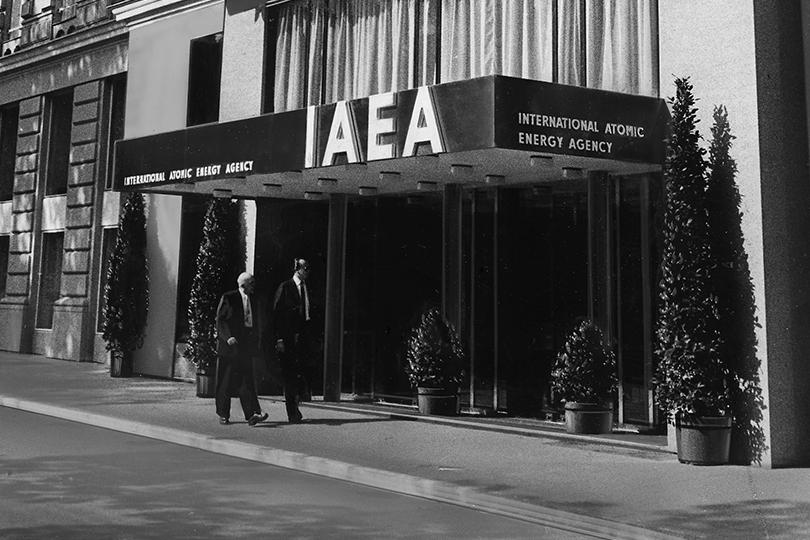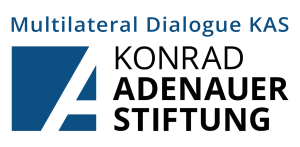The IAEA was created in 1957 in response to deep fears and expectations generated by the discoveries and diverse uses of nuclear technology. The idea for the current international nuclear safeguards system evolved from the US internal system of controls established in 1948 by the US Atomic Energy Commission. To create the basis for bilateral agreements while ensuring peaceful uses, the US introduced an amendment to the McMahon Act in 1951, setting the following export conditions:
- no weapons design information
- existence of high security standards in the recipient country
- determination by the President that the arrangements would promote and not endanger common defense and security
- Joint Committee on Atomic Energy had to be informed 30 days prior to any transaction
- recipient to establish a system of accounting and control before a transfer could occur (assisted them in creation)
- US could also conduct inspections through audit and verification.
Why It Matters
On 24 January 1946, the UK, US, and USSR, established the United Nations Atomic Energy Commission (UNAEC) following a Moscow Conference of foreign ministers. The Commission’s task was to advise on the destruction of all existing atomic weapons and to work toward using atomic energy for peaceful purposes.
The administration of US President Harry Truman, at the same time, did not want to enter any agreement that could make the US dismantle its nuclear weapons without clear guarantees that the Soviet Union would be unable to create its own nuclear weapons. US Secretary of State James Byrnes commissioned a report to be presented at UNAEC by US representative Bernard Baruch calling for establishment of an international Atomic Development Authority overseeing the development and use of atomic energy, managing any nuclear installation with the ability to produce nuclear weapons, and inspecting any nuclear facility conducting research for peaceful purposes. It would also prohibit illegal possession of an atomic bomb and punish violators.
The so-called Baruch plan made no mention of when the US should destroy its nuclear arsenal (it acknowledged its necessity) and the USSR seeing a US nuclear monopoly vetoed the plan in the UN Security Council. Following the plan’s failure the US restricted access to nuclear information for other countries by the 1946 McMahon Act.
In 1953, US President Dwight Eisenhower gave the famous ‘Atoms for Peace’ speech to the UN, in which he acknowledged that the secret of the atom eventually would be acquired by other states and emphasized the need to exploit those properties of the atom that were good rather than evil. He proposed making a joint contributions of fissionable materials to an International Atomic Energy Agency (IAEA). The proposed agency was to be set up under the jurisdiction of the UN and responsible for the storage and protection of contributed fissionable materials. Such contributions of fissionable products would assist arms control by diverting the stockpile of nuclear material from military to peaceful purposes.
After overcoming initial Soviet opposition, Eisenhower's proposals resulted in creation of the IAEA in 1957: “authorized (…) to establish and administer safeguards designed to ensure that special fissionable and other materials, services, equipment, facilities, and information (…) are not used in such a way as to further any military purpose (Article III – A.5).” The first facilities put under its safeguards were a Japanese research reactor and its fuel (1959), and the first inspection was a verification of design of a 3 MW reactor in Norway (1962).
Further materials:
https://www.iaea.org/about/overview/history





